"I'm calling because I want to make sure that your products are really and actually made in the USA. It's getting hard to tell."
-Dub
There's a lot of confusion these days as to what "Made in USA" actually means. As people start to pay attention to where their products are made, many marketers are starting to obfuscate the language surrounding patriotic sourcing, assembly, and manufacture. Here's what you need to know about American sourcing, and here's Walnut Studiolo's American-made story made plain and simple.
"Made in USA" terminology explained
"Made in USA" is a term regulated in the United States by the
Federal Trade Commission (FTC). Manufacturers that promote their products as Made in USA must meet the "all or virtually all" standard."All or virtually all" means that all significant parts and processing that go into the product must be of U.S. origin. That is, the product should contain no €” or negligible €” foreign content.
This is why many manufacturers have to qualify their claims. A qualified
Made in USAclaim describes the extent, amount or type of a product's domestic content or processing; it indicates that the product isn't entirely of domestic origin, such as "60% Made in USA" or "Assembled in USA of Imported Parts."
There's room for interpretation in this guidance, and that's why Made in the USA curated websites are popping up, and why so many customers are doing the research for themselves.
The Walnut Studiolo story
Luckily for us, our supply chain is pretty short and it's pretty easy to explain how our products are proudly made in the USA. Our exclusive and sole source of vegetable-tanned leather is tanned in St. Louis, Missouri from USDA beef cattle raised in the Midwest (a byproduct of the meat industry). The tanned hides are shipped to Oregon where we transform it from the hide into the beautiful leather goods you see here. For all our other components, like wood, brass, and hardware, we follow our
Sustainability Declaration. That's why we proudly added
"Made in USA" to our main logo on the website and in this newsletter header.

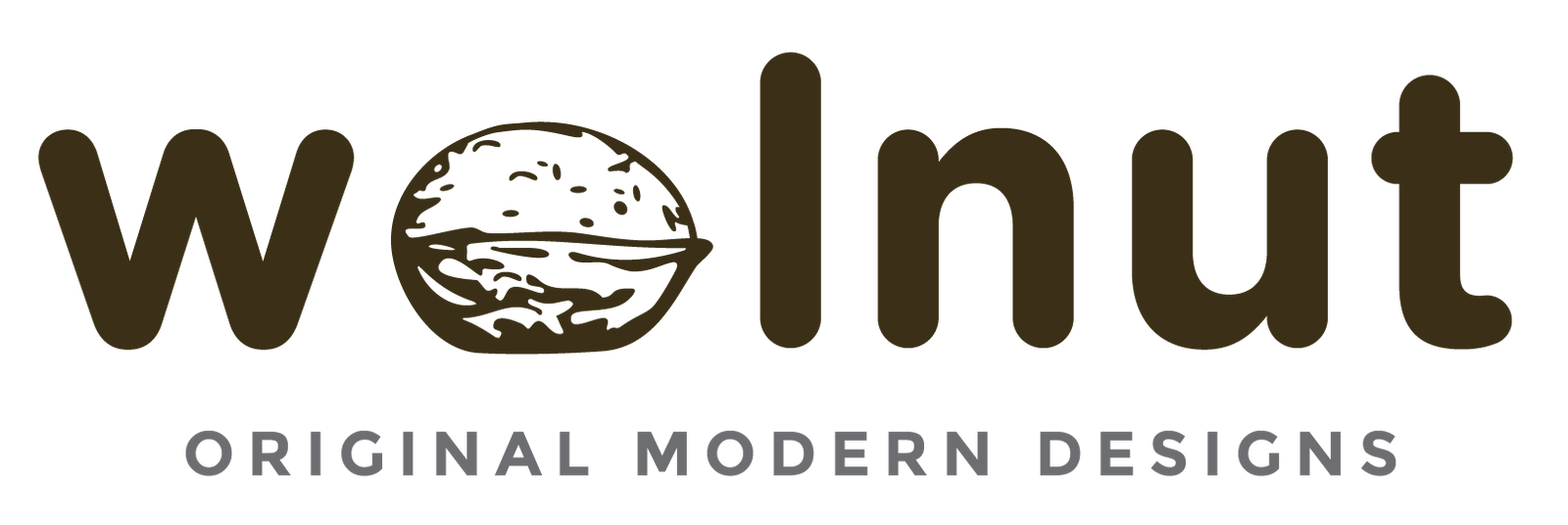



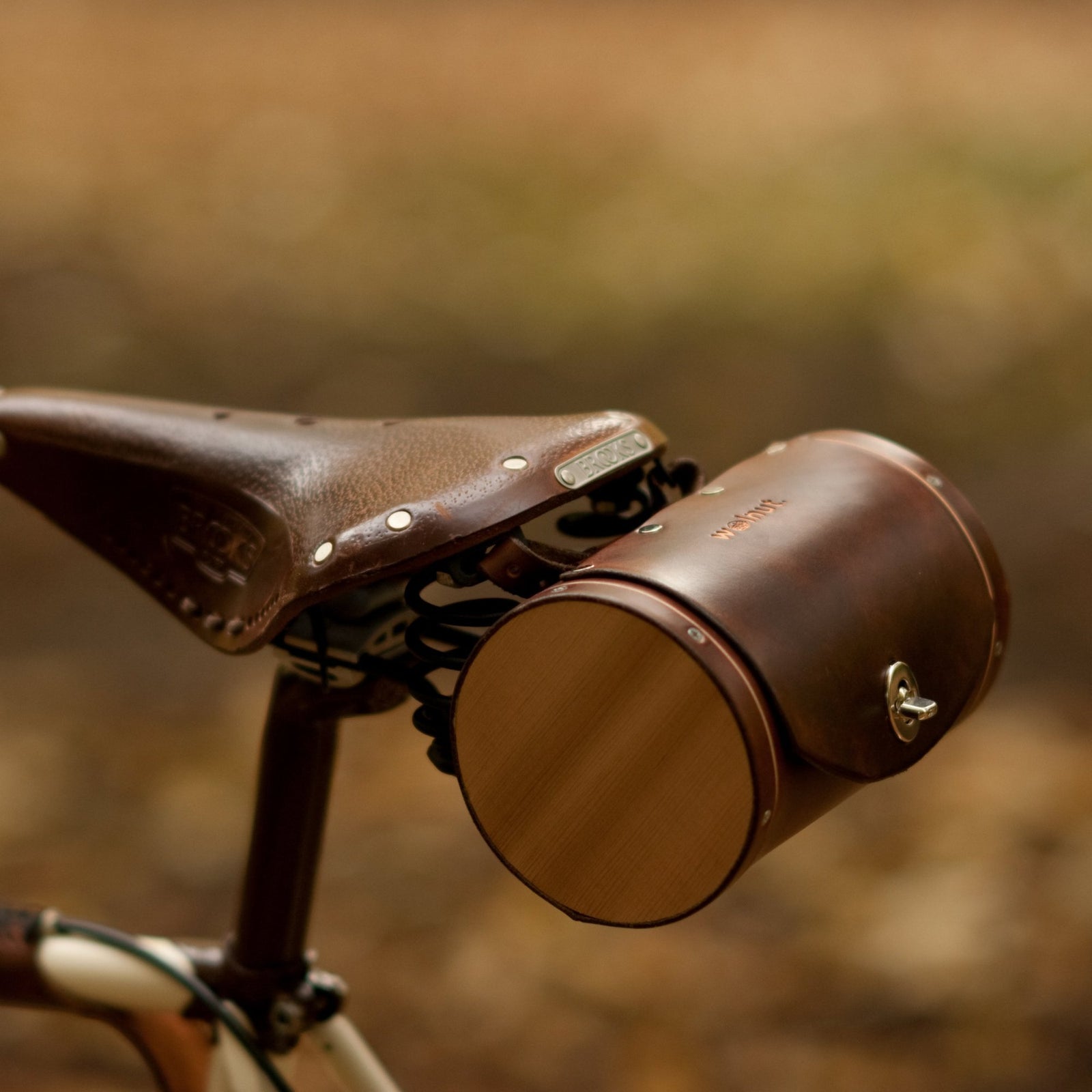
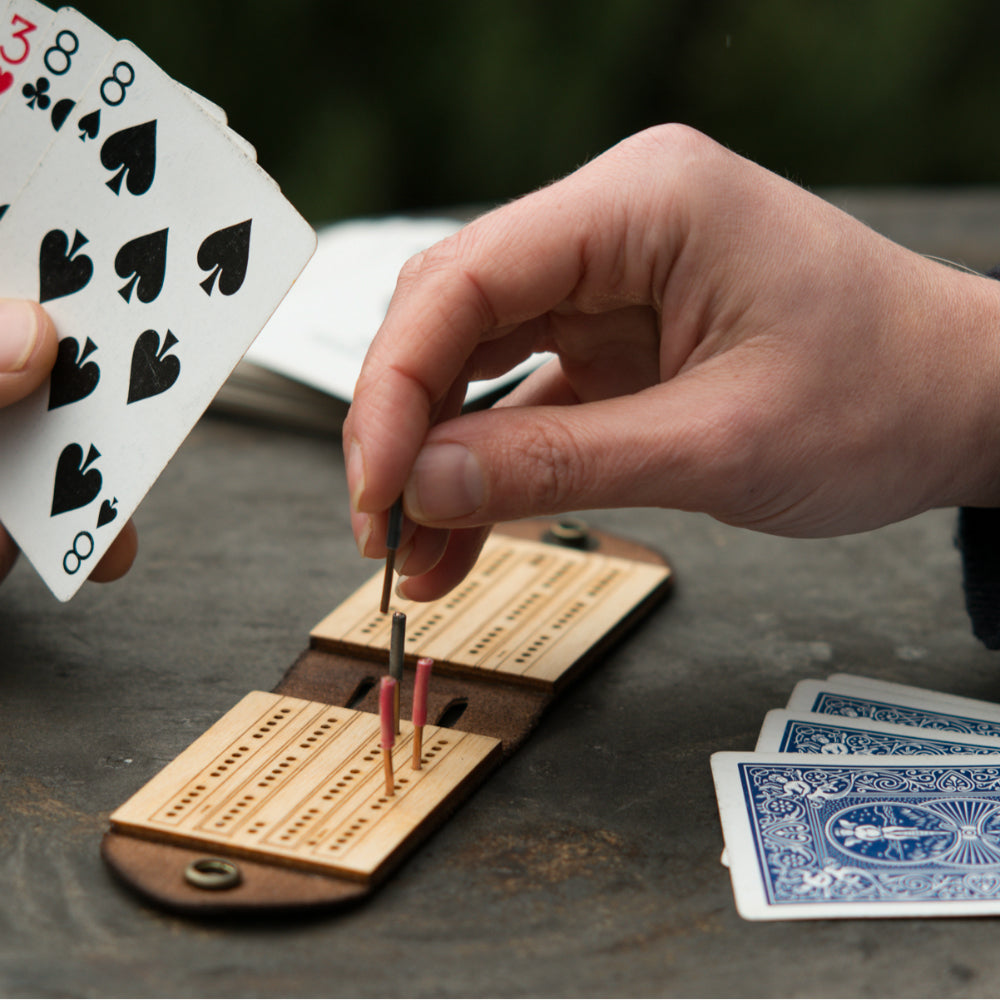
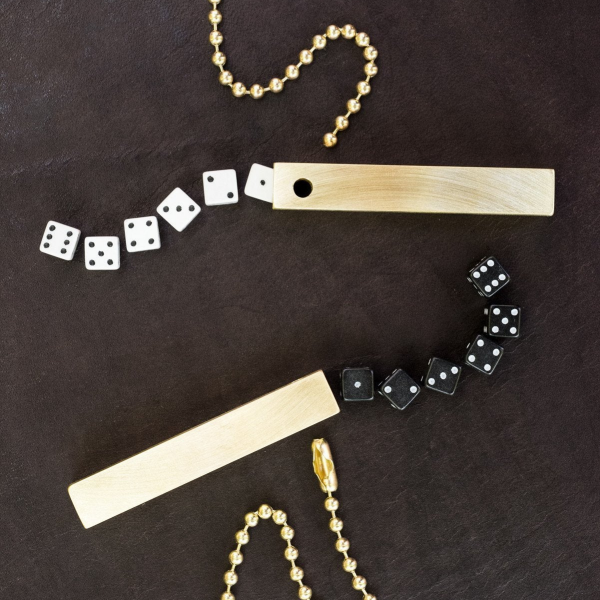

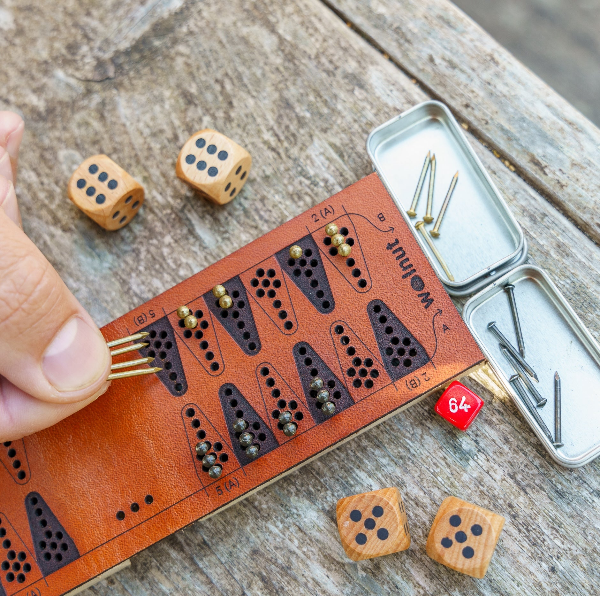
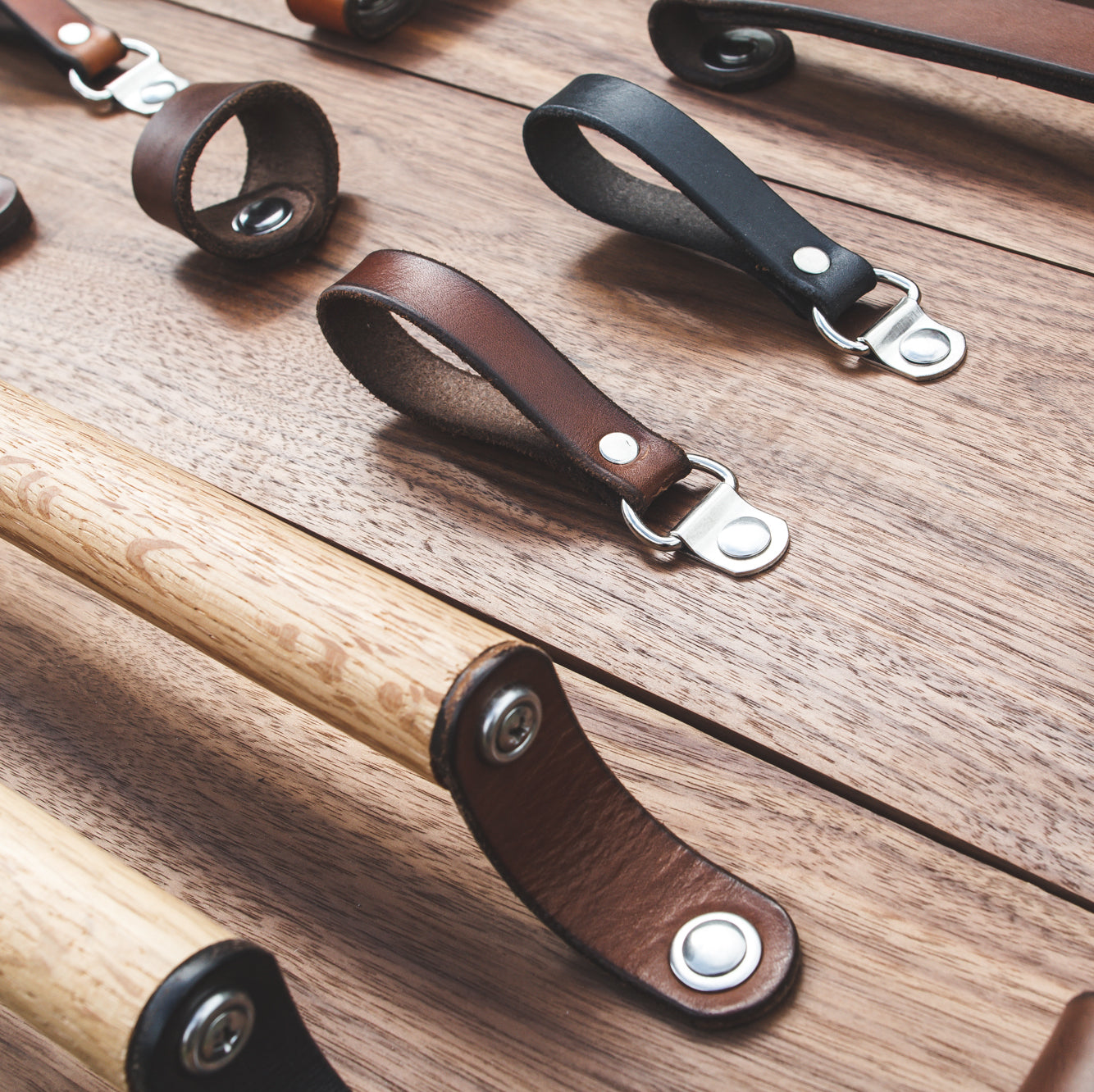
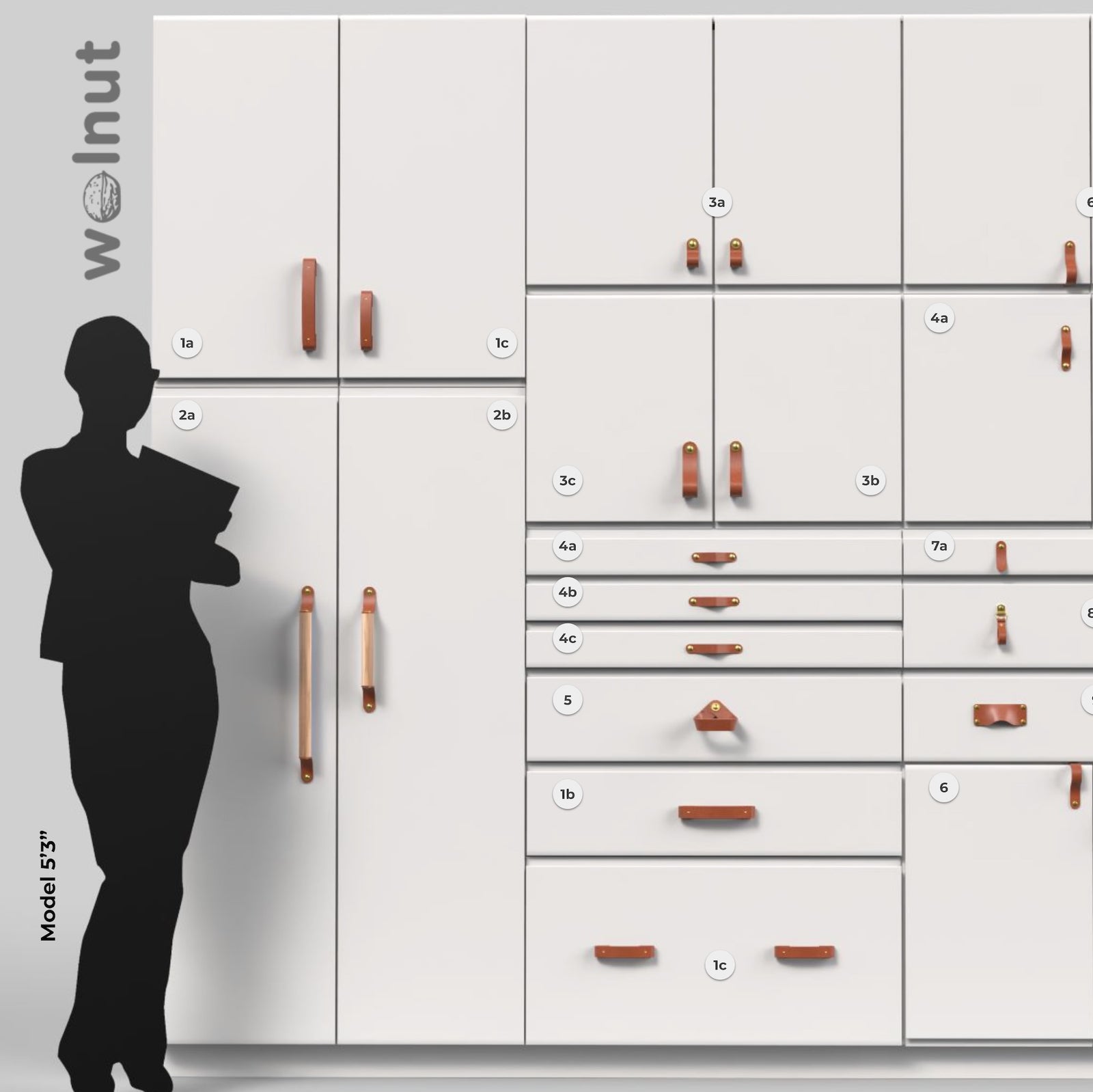
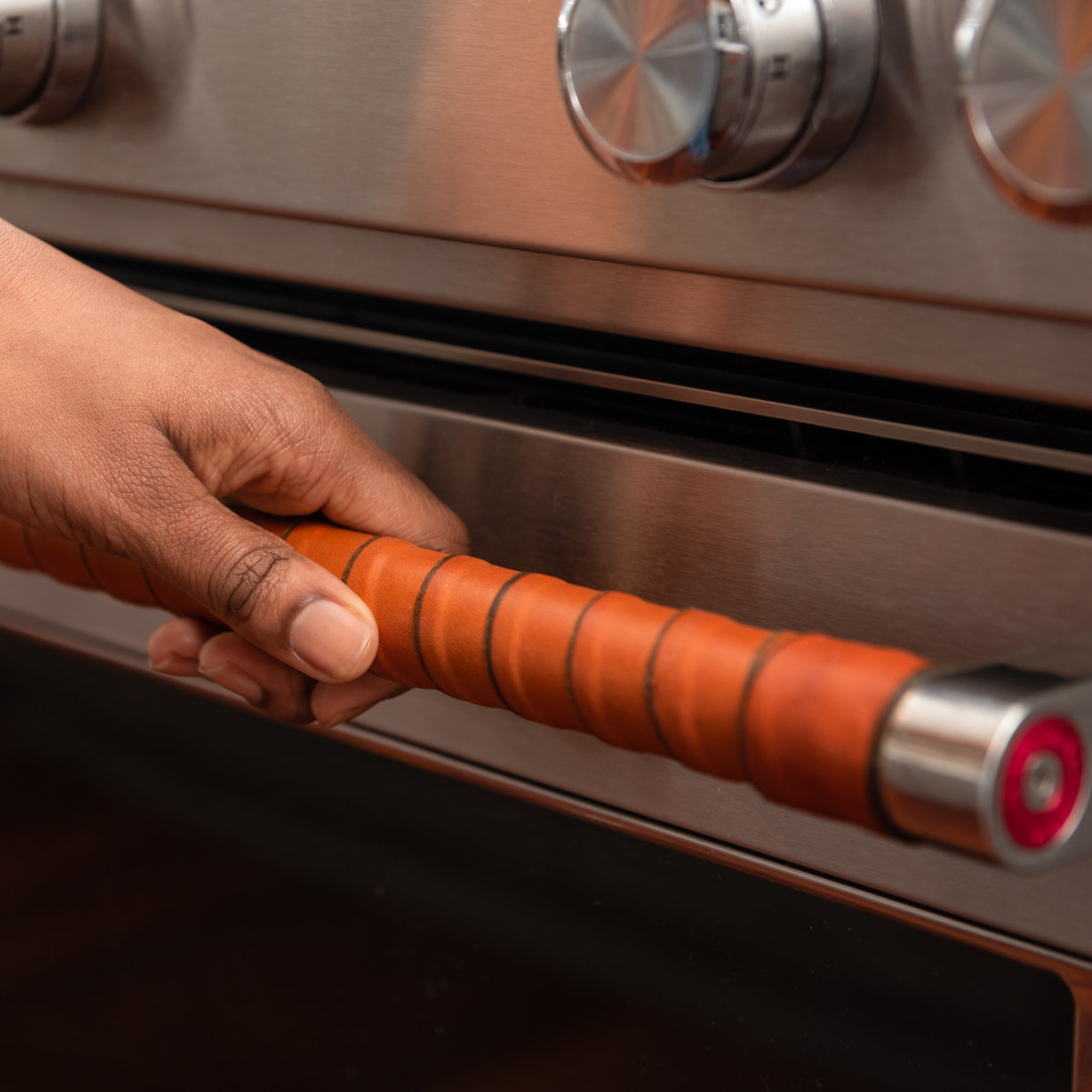
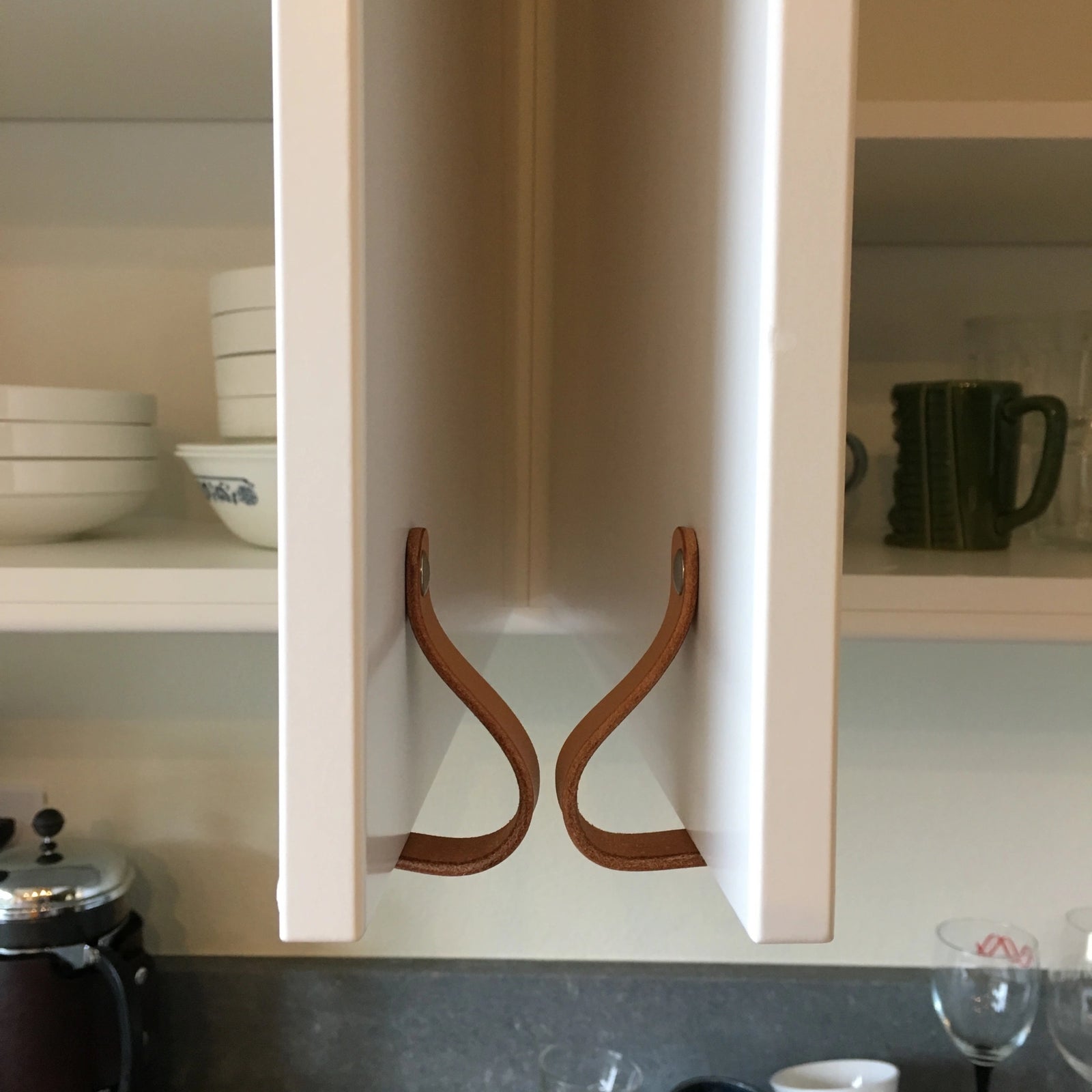

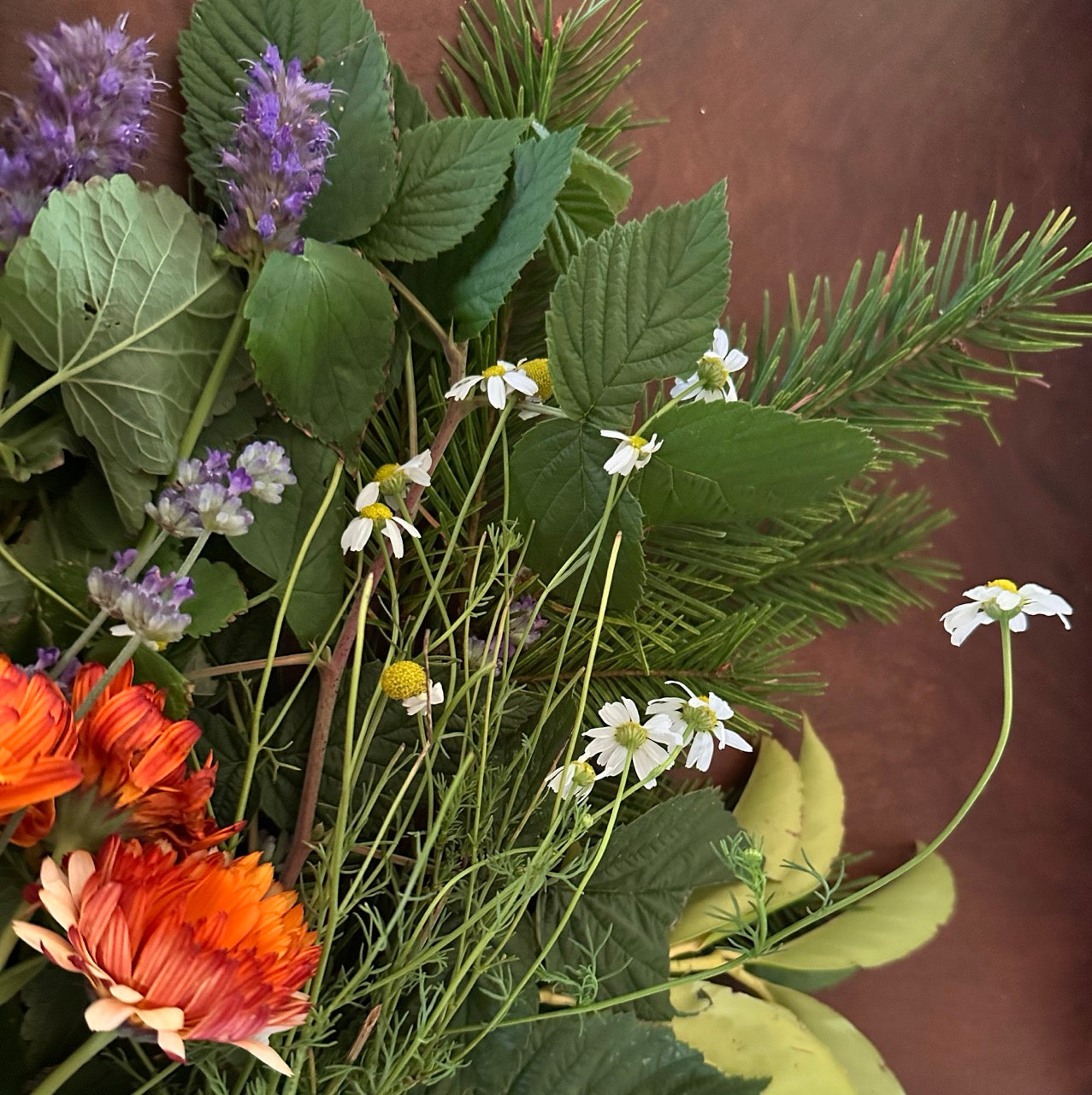
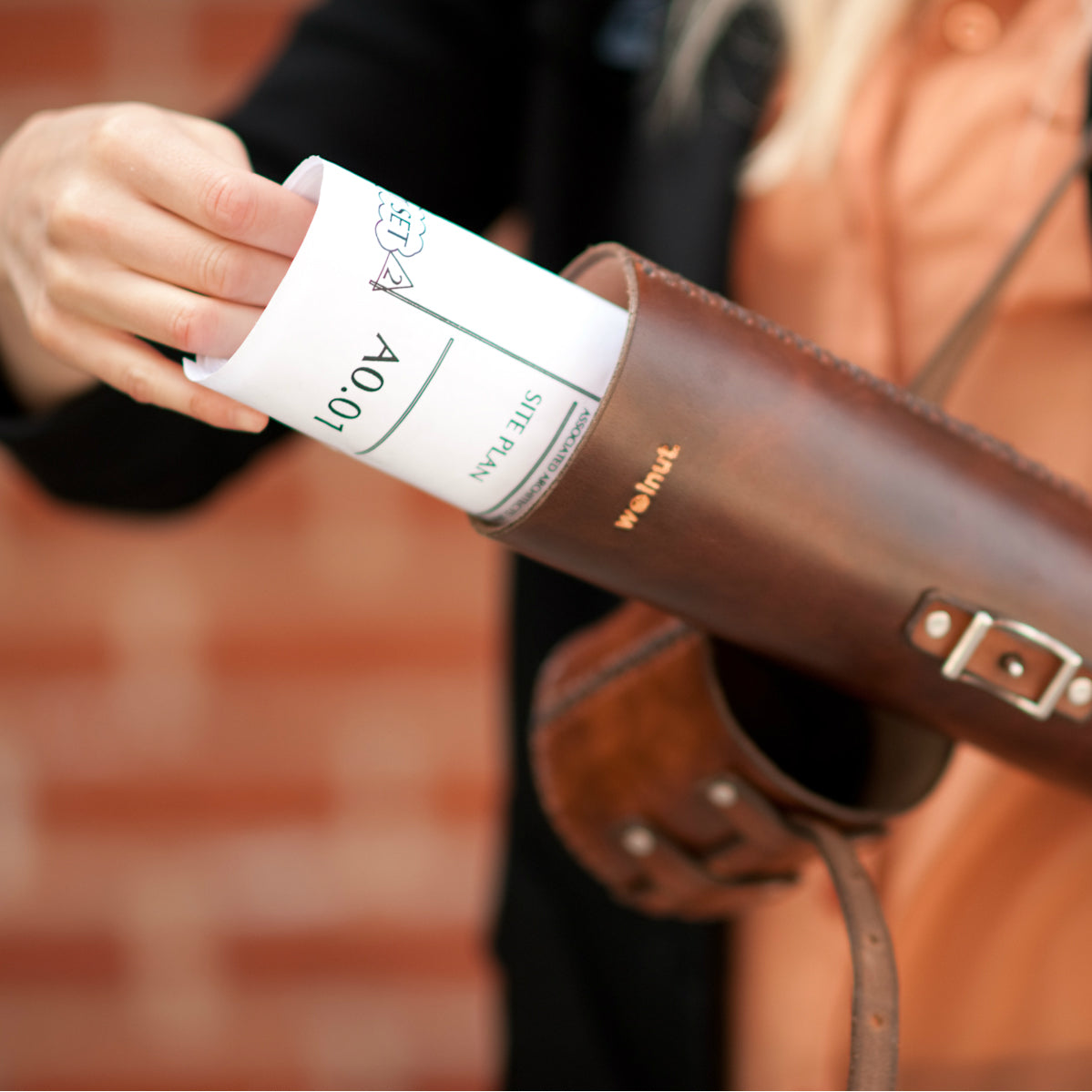
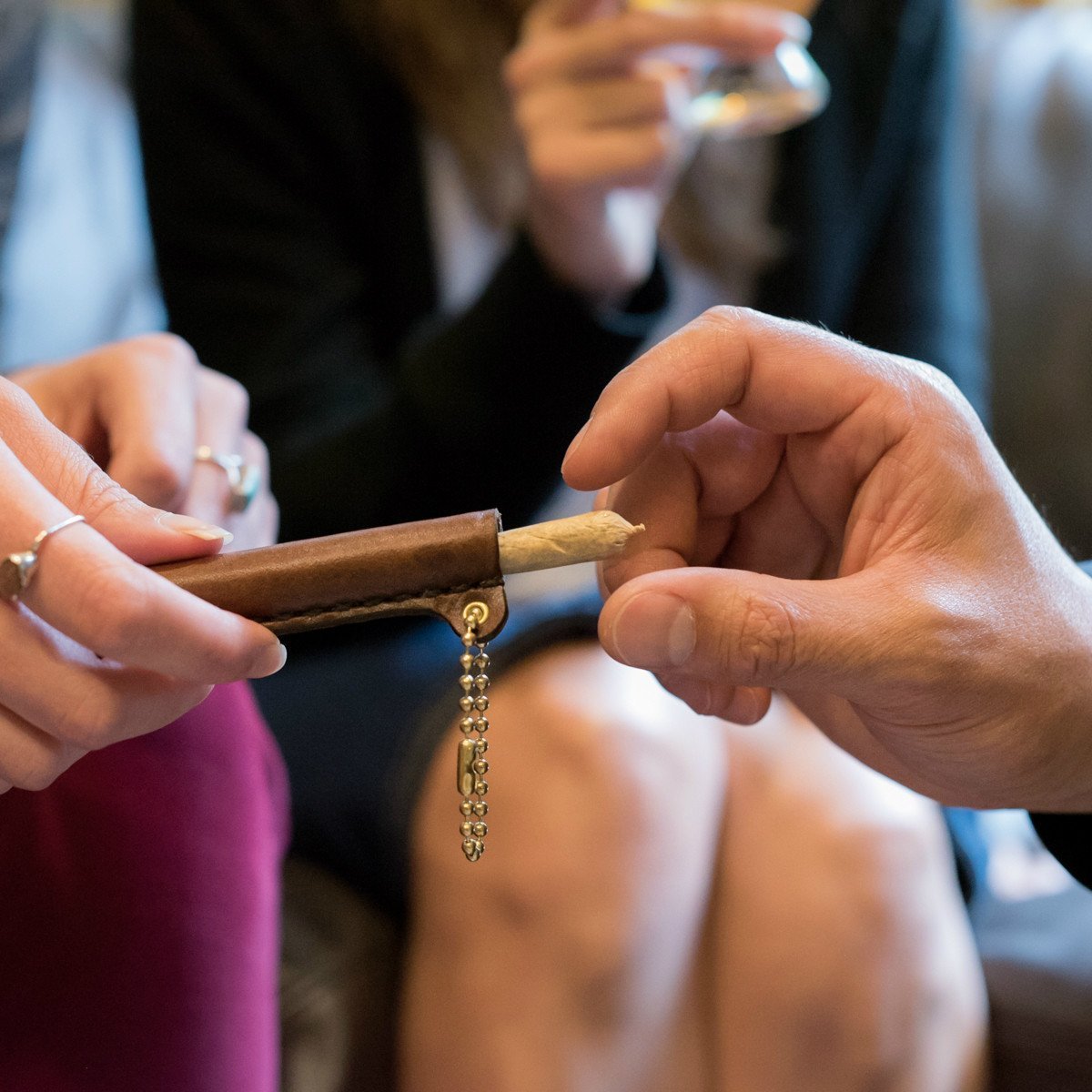
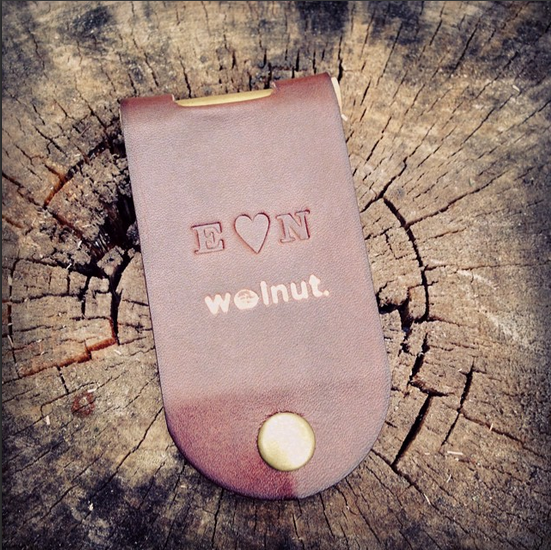
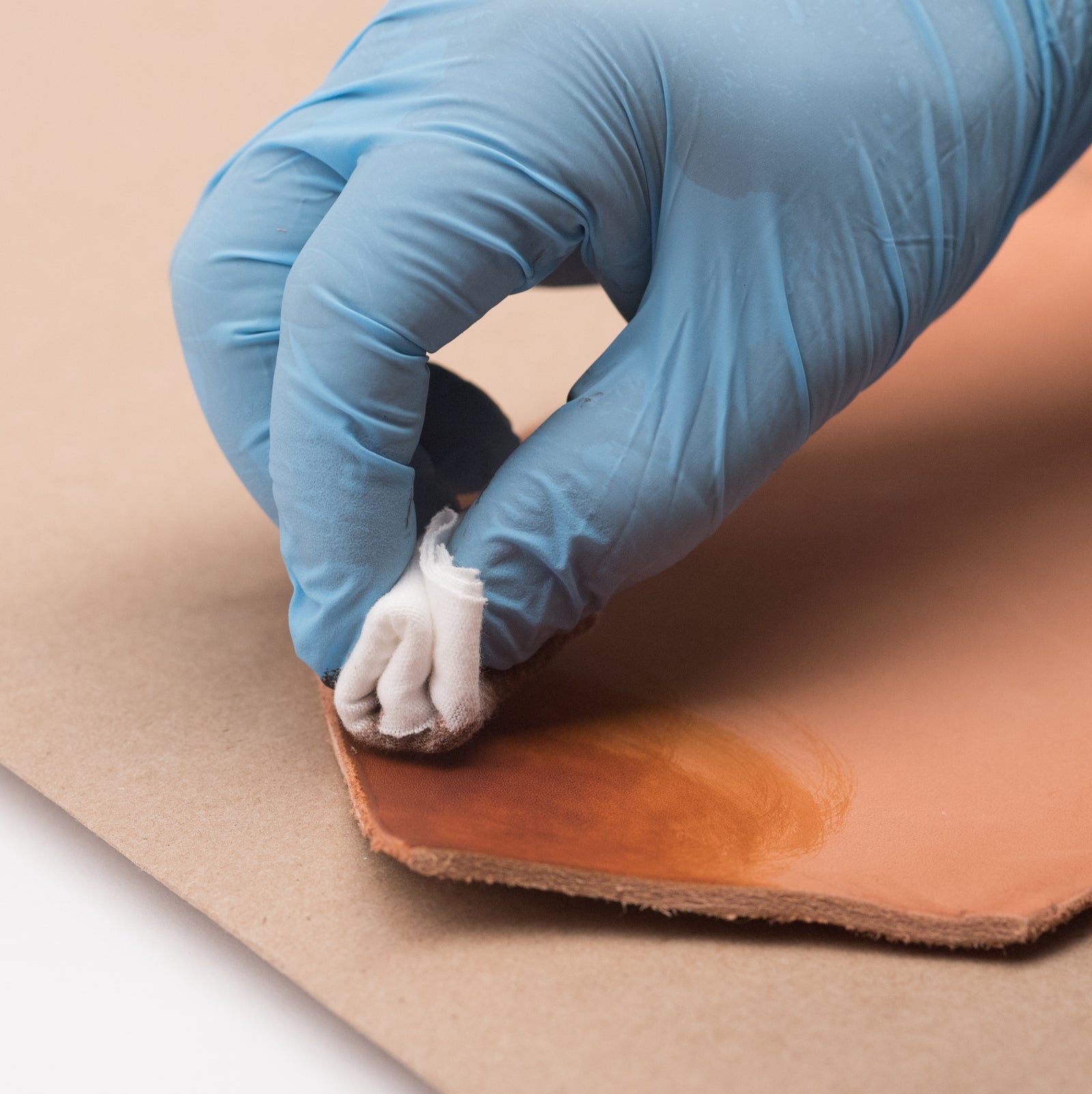
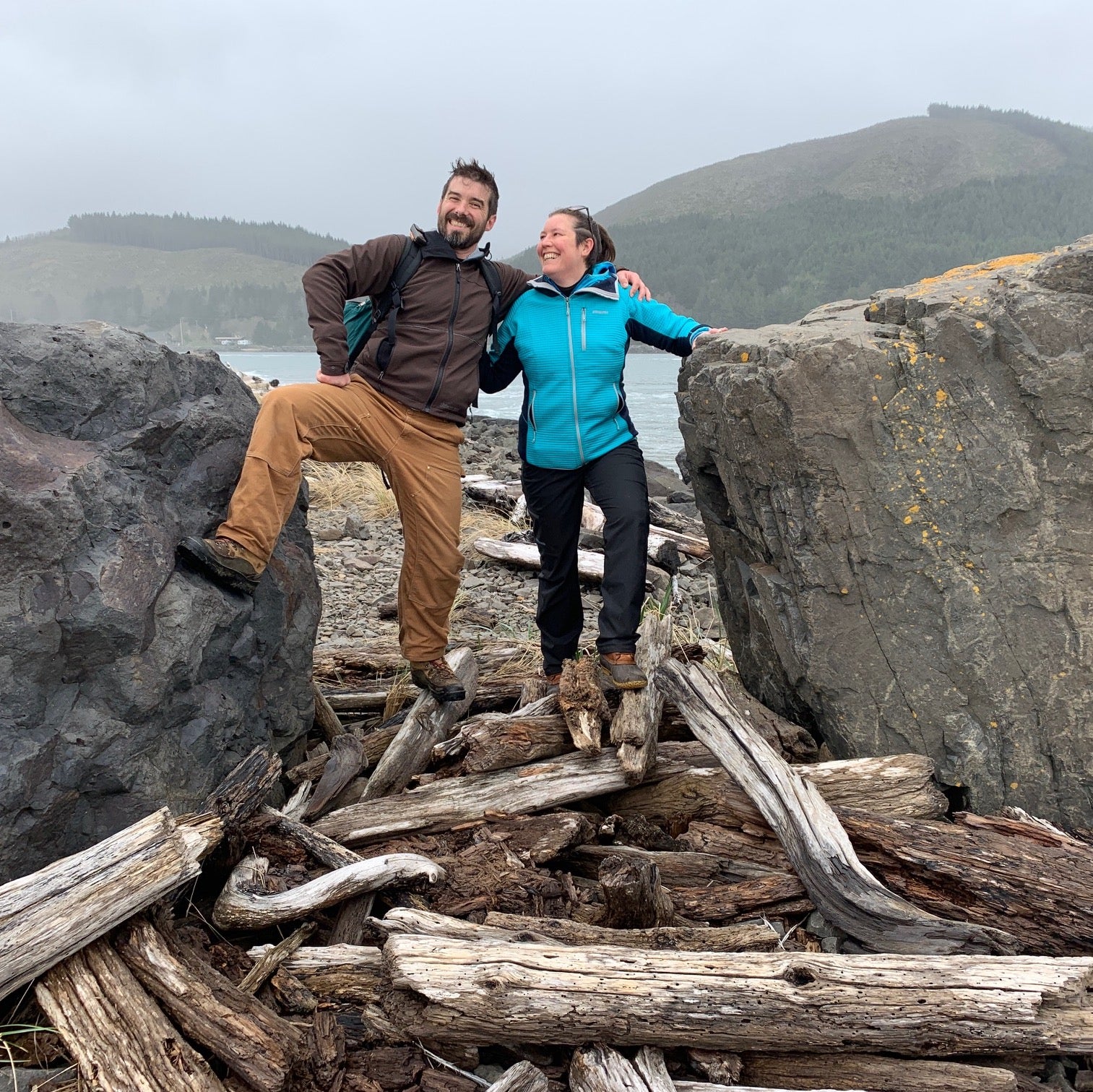
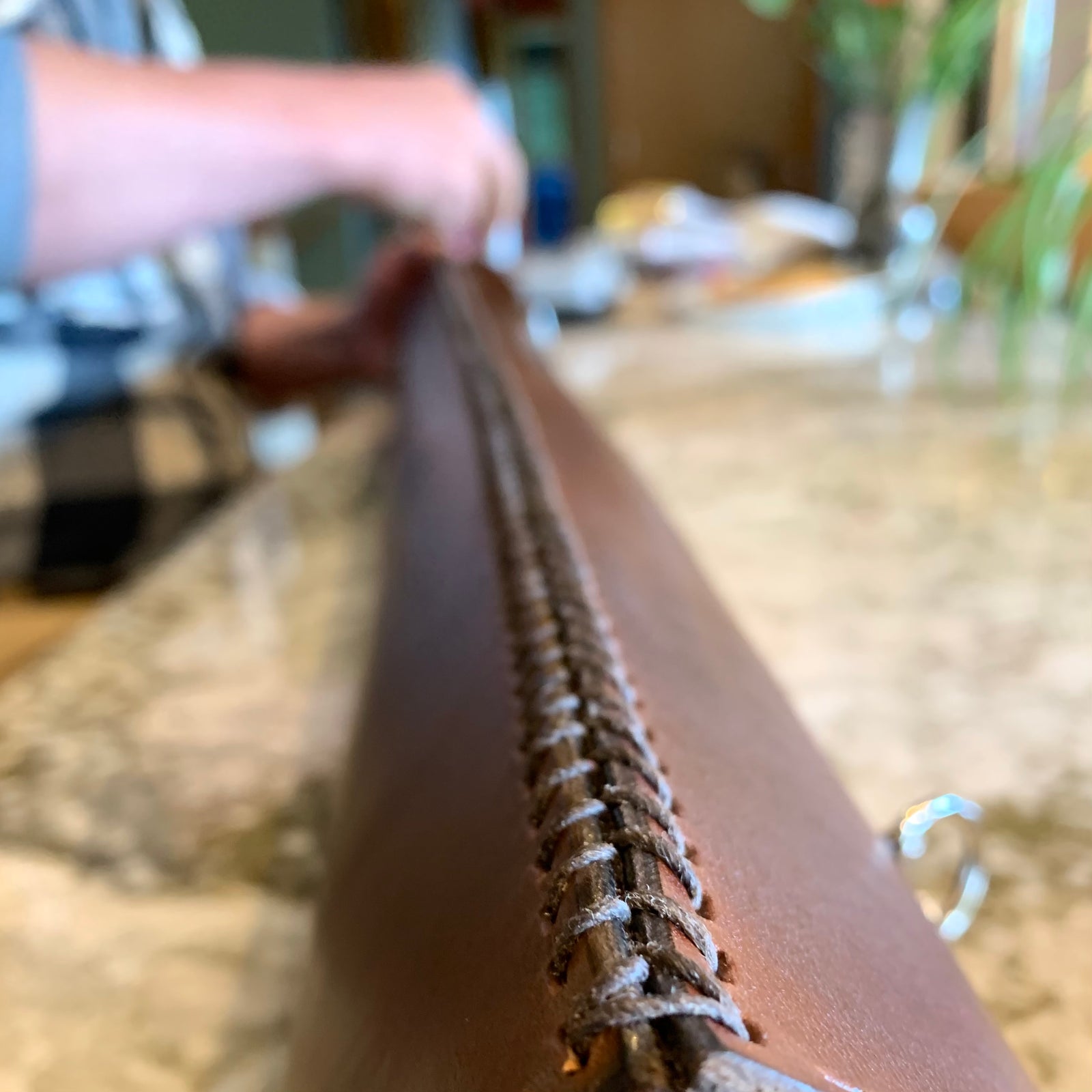
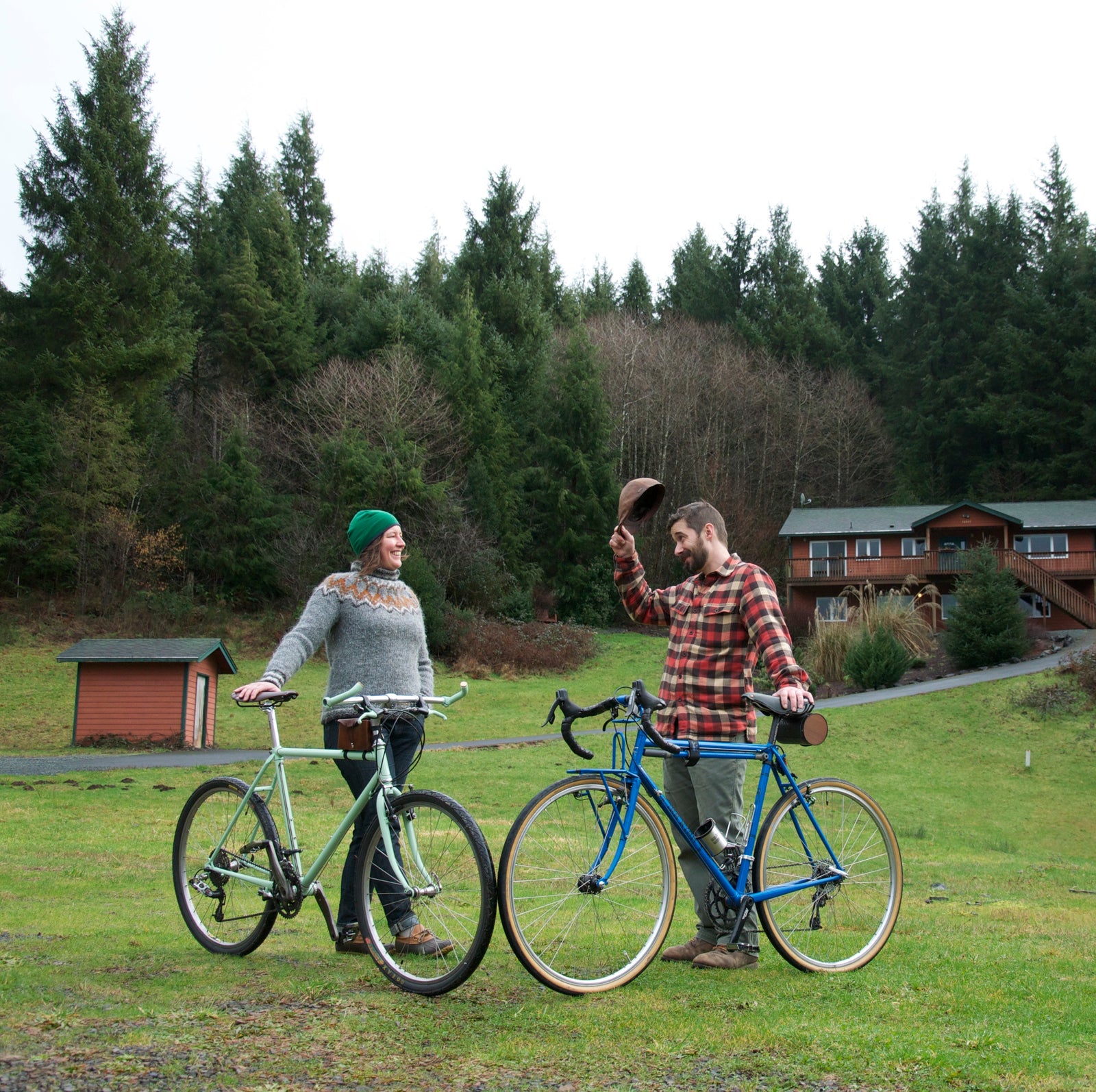
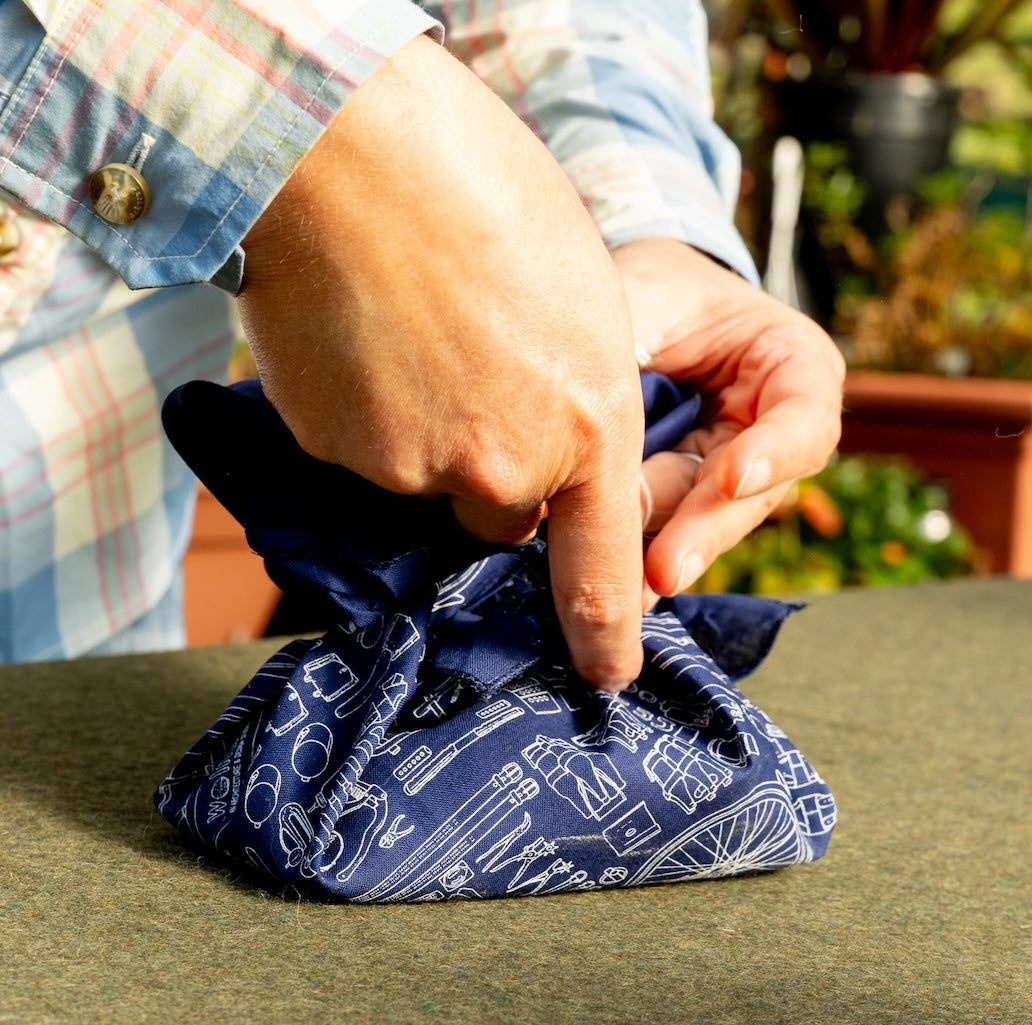
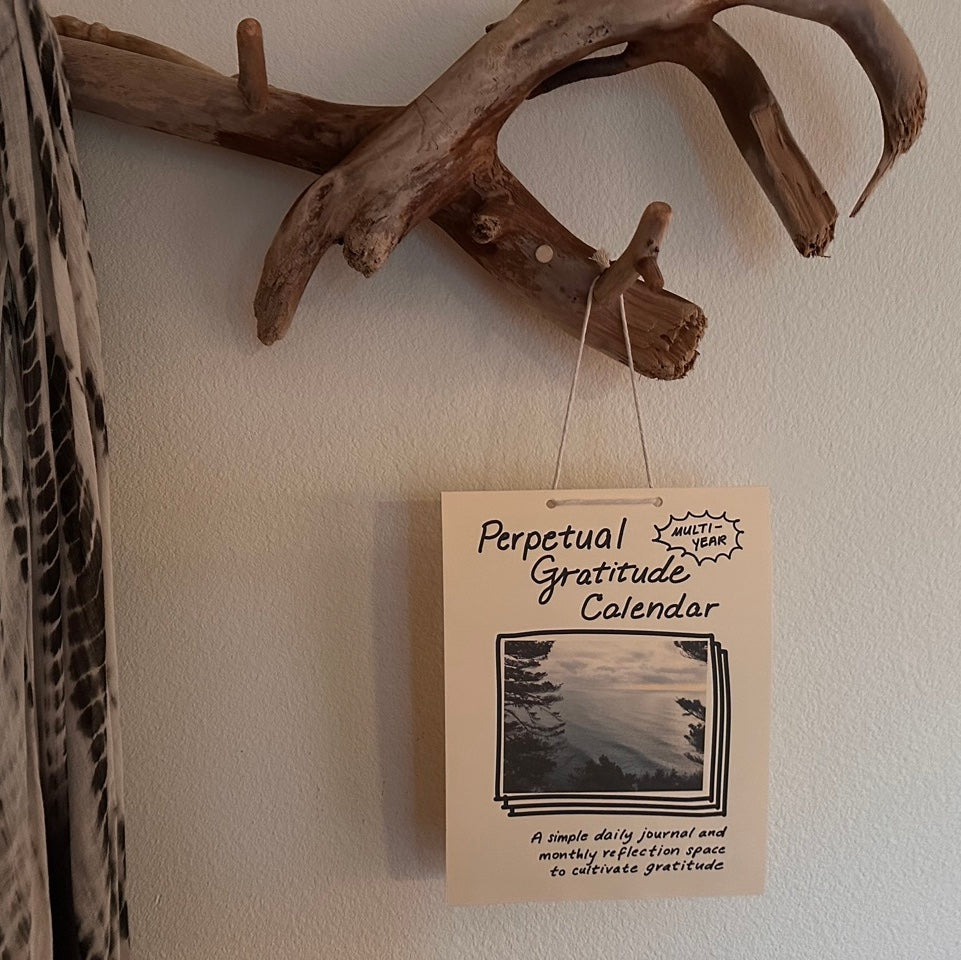
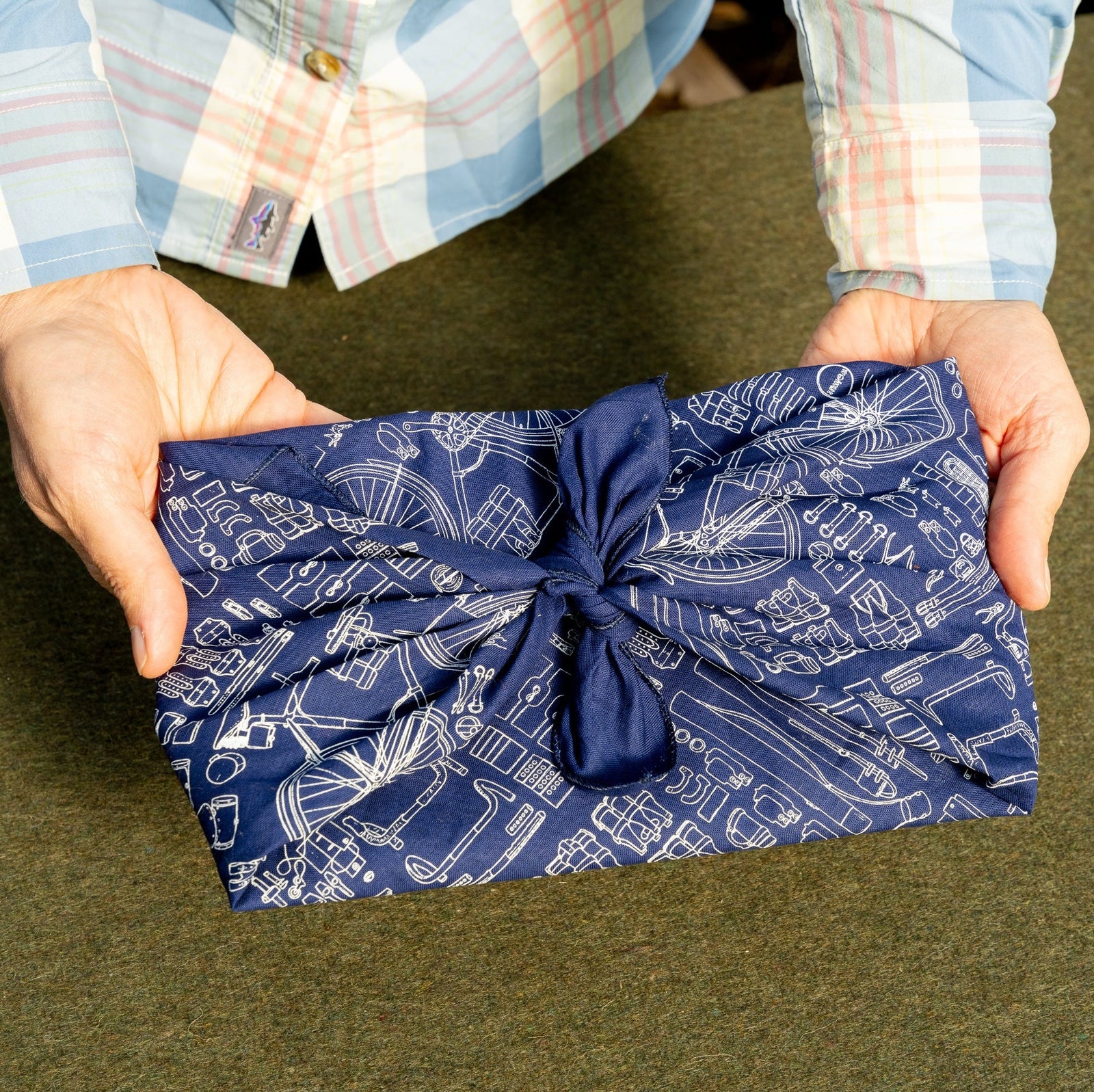
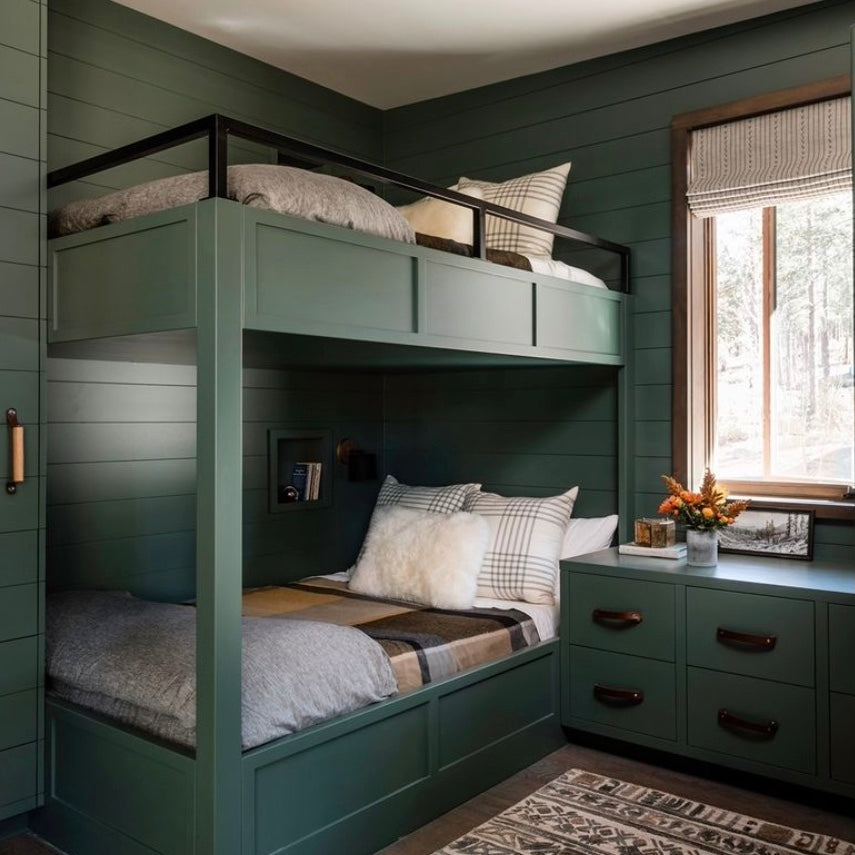
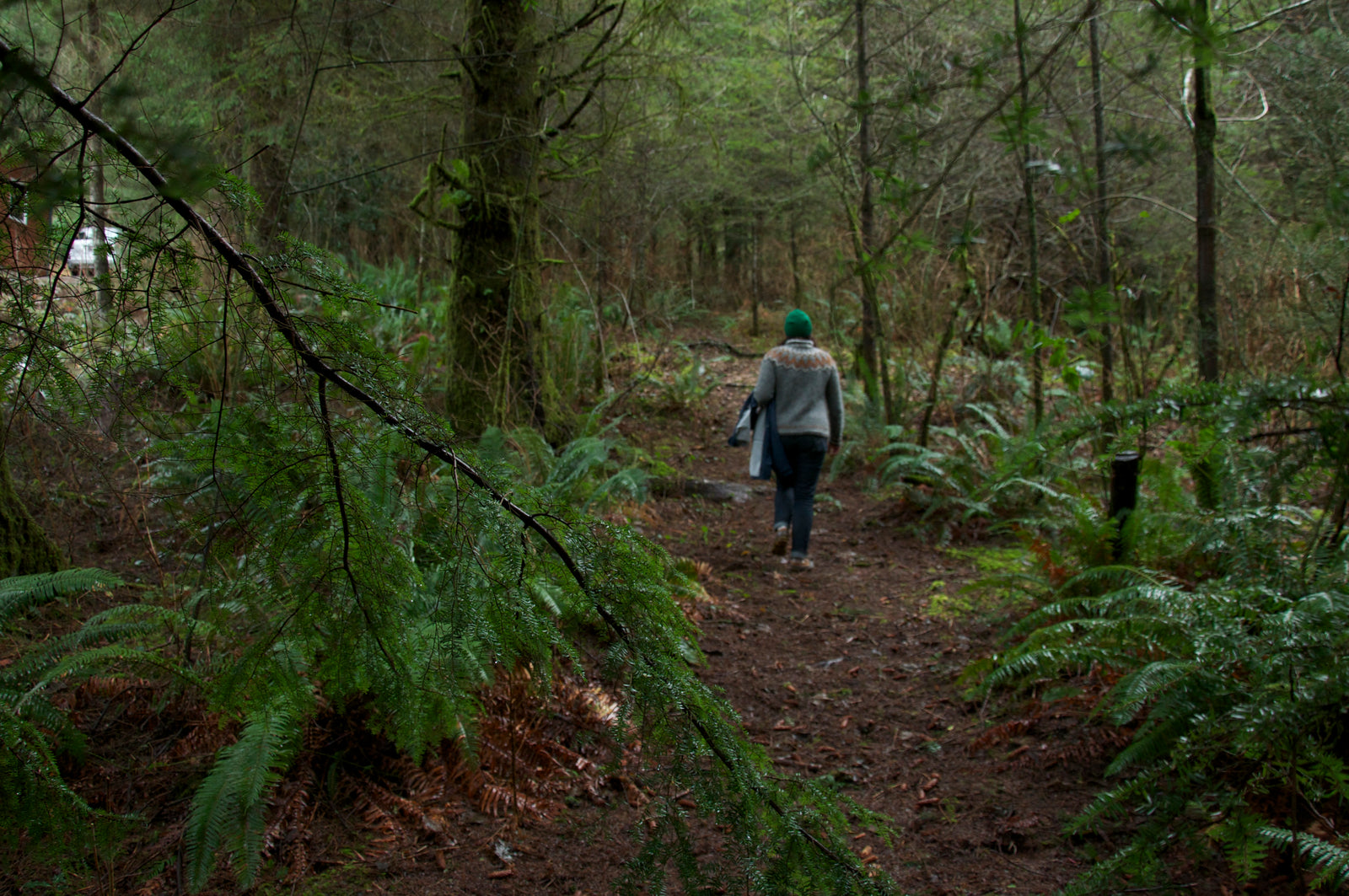
Leave a comment (all fields required)